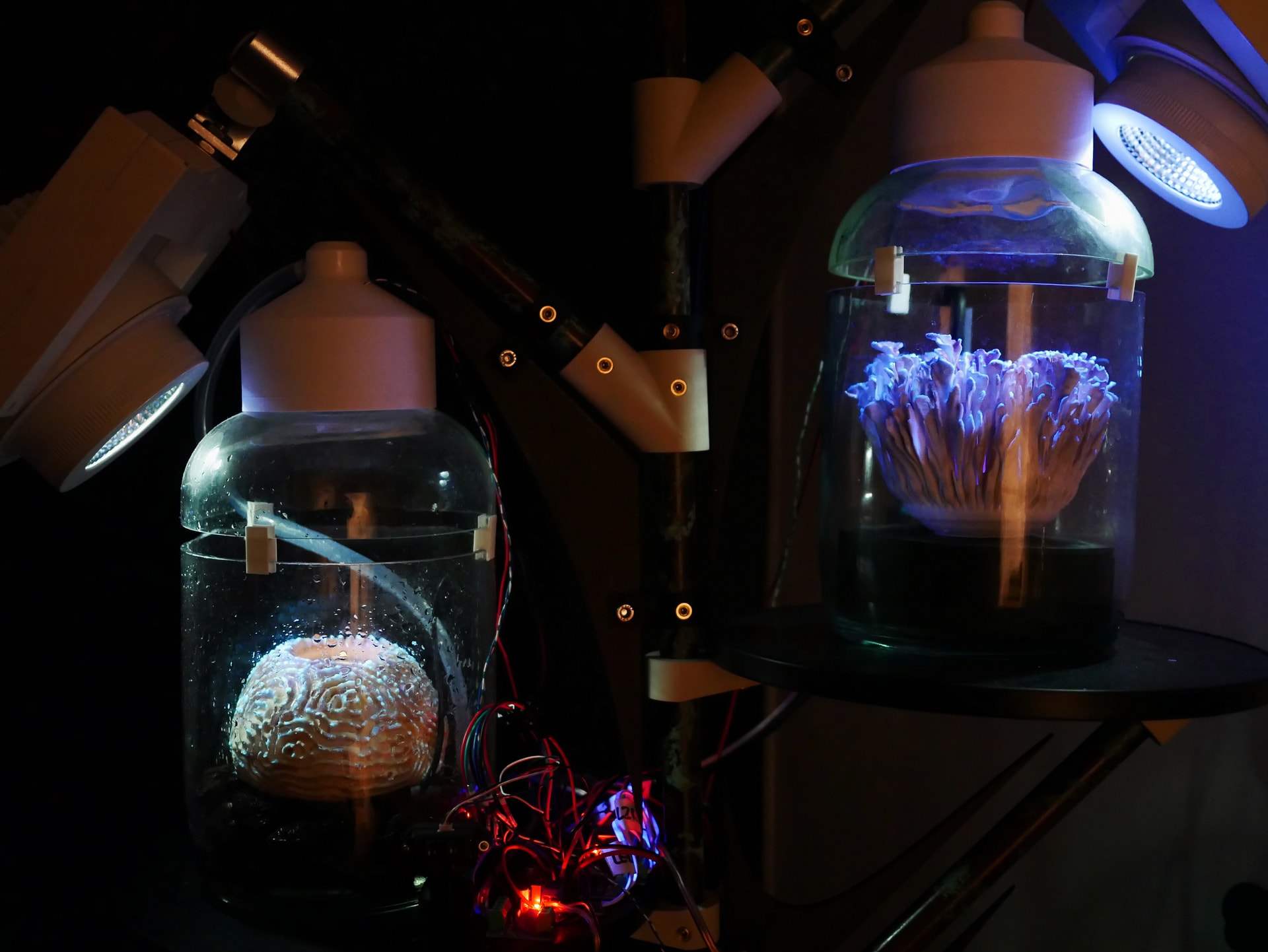Matthew Woodham is an artist who works across disciplines. His practice explores system dynamics in nature through research and practical application. His academic background in cognitive neuroscience has informed an expanded study of the common dynamics and structures described by physical and mathematical principles.
He creates audio-visual works and interactive sculptural installations using a variety of processes such as: programming, electronic circuits and experimental physical techniques. He has a particular focus on spatial interactions, algorithmic models of nature and emergence, or simple components exhibiting complex behaviour.
He aims to create environments which synthesise the abstract and uncanny, appealing to, and provoking universal human intuitions. He uses live settings to create immediate, real-time experiences while integrating scientific theory, and a critical approach to technology.















